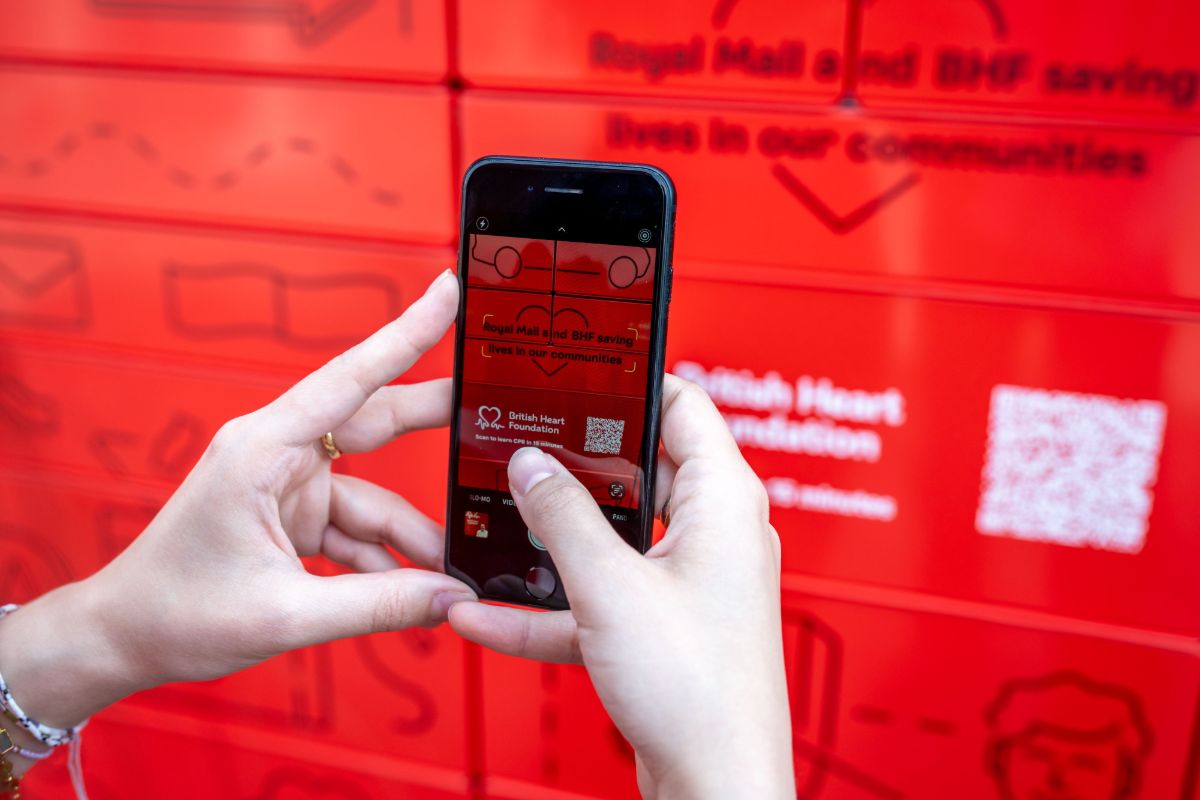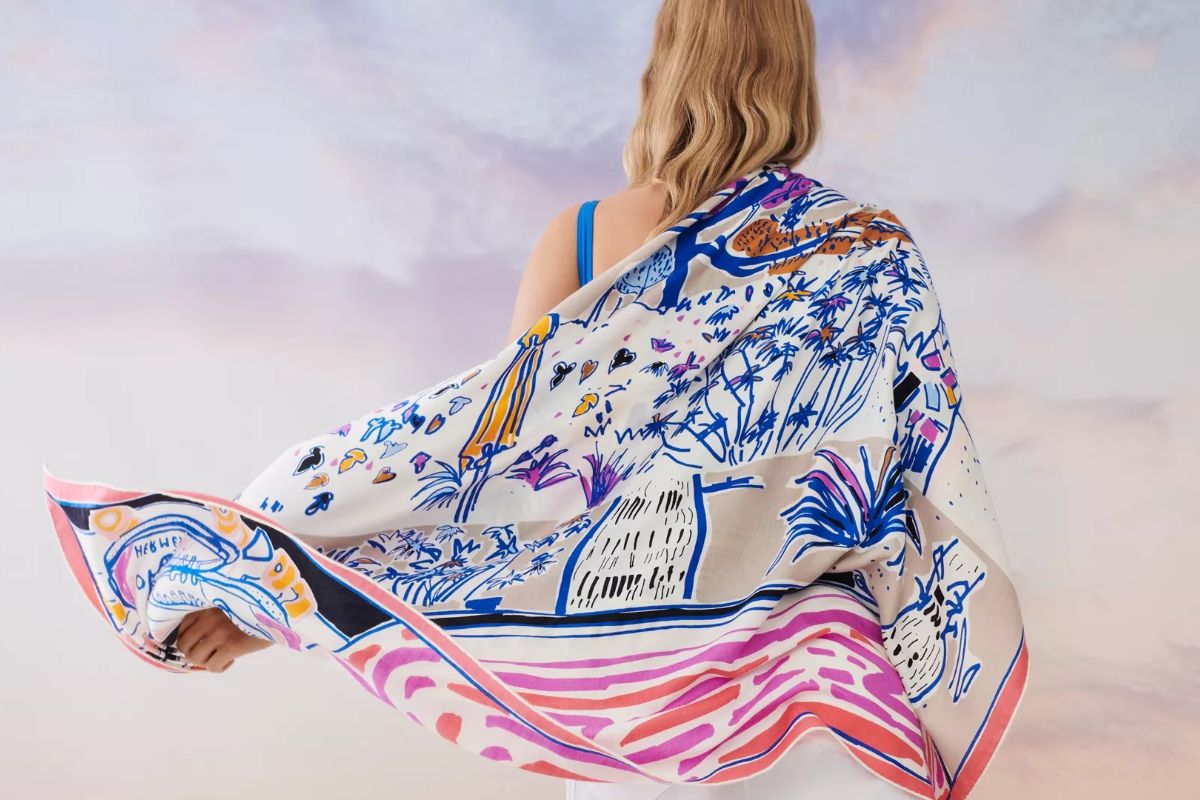Brands are upping their game so that they can meet changing consumer expectations
Customers today– as every online retailer knows – are demanding, impatient and intolerant of any shortcomings. If it takes more than a few seconds for a page to load, they will probably bounce right over to a competitor’s site.
This year, InternetRetailing’s researchers took a closer look at customer behaviour, ranking brands by how long customers typically spent on their sites, the number of pages they browsed and how quickly they moved off elsewhere. While the best brands achieved significant site stickiness, bounce rates – the proportion of shoppers who looked at only one page before leaving the site – reached one in three (33%) of site visitors to the websites of the largest brands from Iceland, Poland and Cyprus. Shoppers in these countries also looked at the least number of pages per site, typically browsing across just five to six, according to data from Knowledge Partner SimilarWeb . By contrast, just one in four shoppers in Belgium, Ireland or Austria navigated away after looking at a single page, while brands selling to Slovenians achieved the greatest site stickiness, with shoppers viewing a median of eight pages per visit.
Page loading speeds, and therefore customer experience, also vary by geography, with mobile access clearly influenced by differences in data networks and coverage, as well as how efficiently brands have optimised their sites. Our research, conducted in partnership with NCC Group , used a standard connection speed to benchmark all websites localised to all geographies as equally as possible. Websites localised to the Czech Republic, Greece and Hungary fared best, with most pages visually complete in five seconds or less. Customers in the UK and Germany need to be more patient, with mobile pages in these countries typically taking 7.5 seconds and 7.7 seconds respectively to be visually complete.
Despite the need for rapid loading, mobile websites across the European Economic Area (EEA) have increased in size in the past year, typically by 0.5MB. Pages are largest in the UK and Germany, where median values are 2.4MB, while brands’ landing pages that are localised to the Czech Republic – along with Ireland and Sweden – manage to present shoppers pages of a median of around 1.5MB. This factor no doubt also influences the difference in loading speeds recorded.
As well as preferring easy-to-access websites, many customers will also check a site’s returns policy before clicking the buy button to see a process that’s flexible and simple (for them) as providing a better customer experience. For omnichannel retailers, returns can be simplified – for the customer at least – with a return-to-store option. The largest brands in the UK lead the field here, with 42% accepting store returns of ecommerce orders, closely followed by brands in Spain and Poland. Bottom of the list is Austria, where only 18% of localised Largest 250 brands will accept store returns. German-localised brands are only slightly better at 23%. Collecting returns from a shopper’s home remains a minority option across Europe, offered by between 13% of brands in Denmark to, at most, 28% in Portugal. Collecting returns is an expensive option but it could be a valuable differentiator and cost-effective for those at the top end of the market.
Curiously, there is a correlation between geography and returns policies. EU law stipulates a minimum of 14 days for accepting returns and brands in Sweden, Poland, France, Denmark, Austria and Switzerland are most likely to offer this, while Germany is slightly better. Further south, brands in Portugal, Spain and Italy, as well as Belgium and The Netherlands, are most likely to have a 30-day returns policy. The UK also favours an extended period, with a median of 27 days for returns. UK customers are also likely to receive a returns refund within 12 days – slightly quicker than the 14 days in France, The Netherlands, Belgium, Germany, Spain and Italy.





